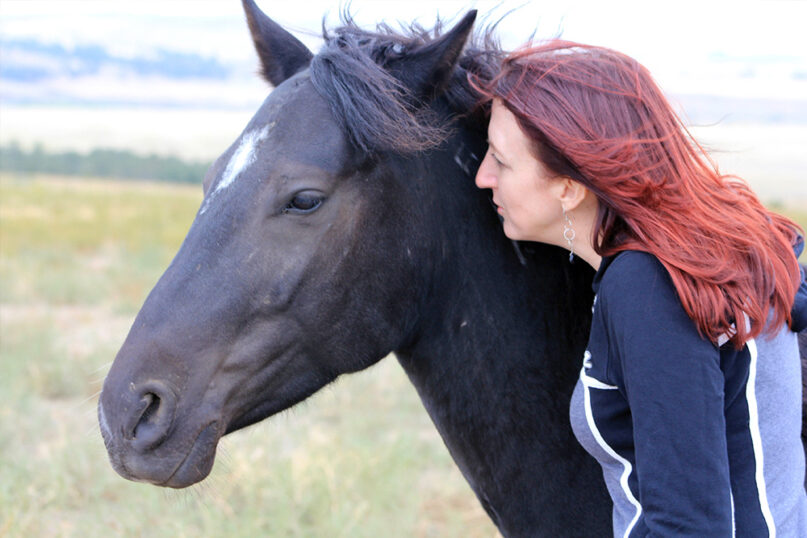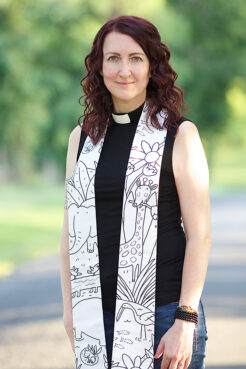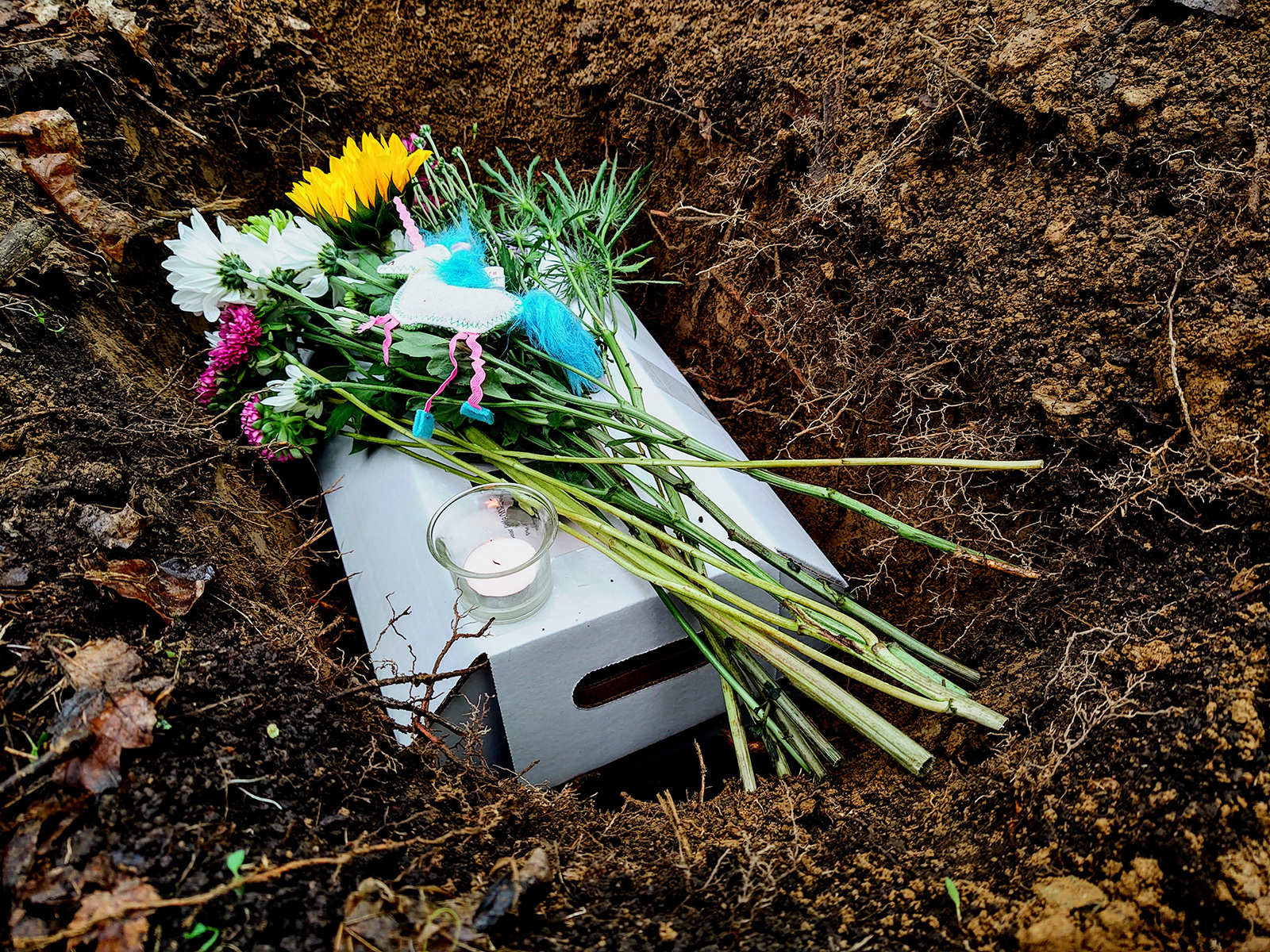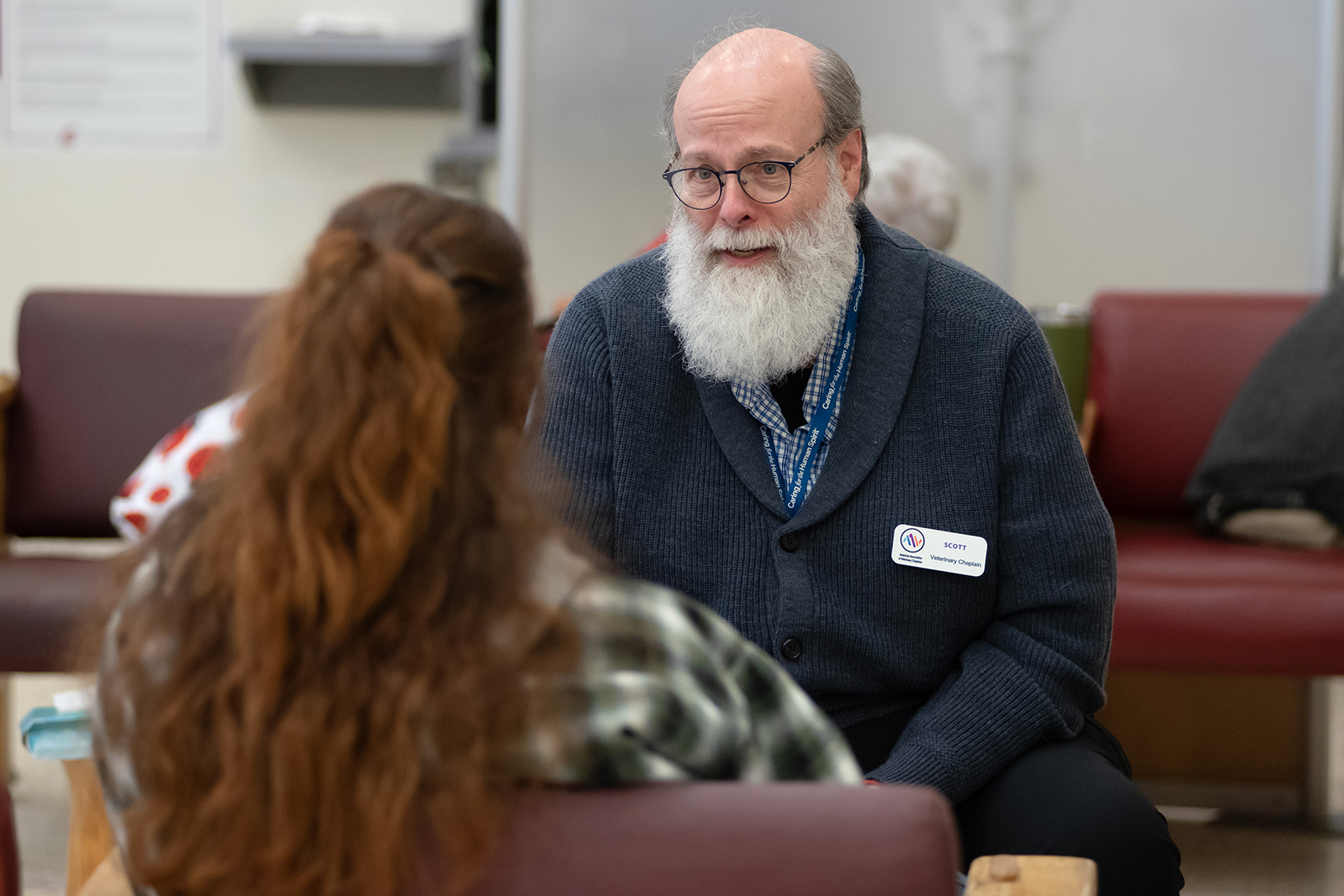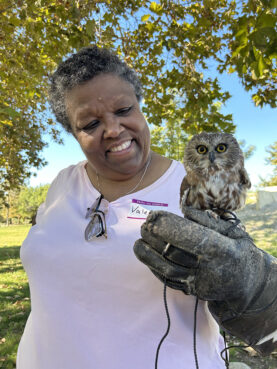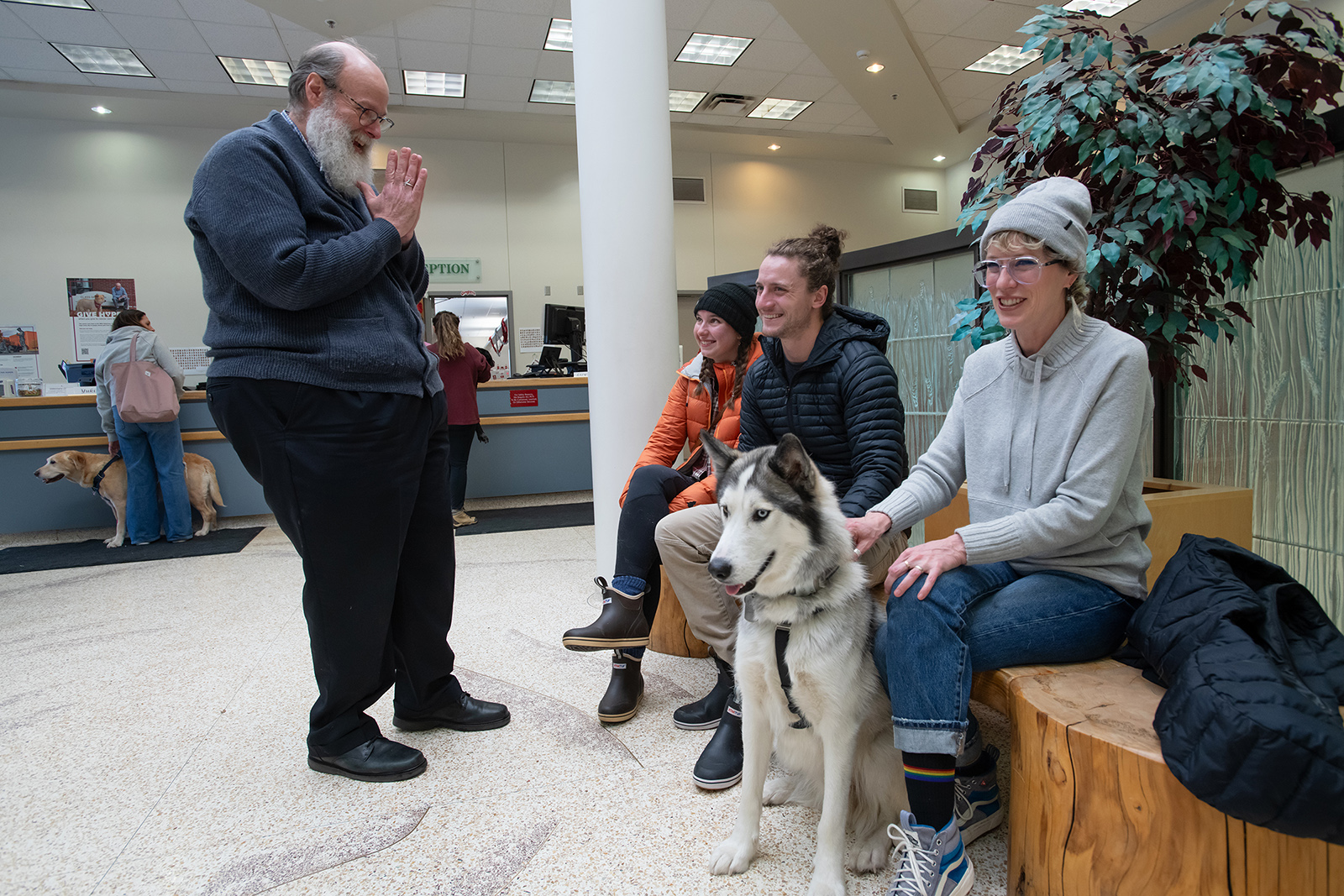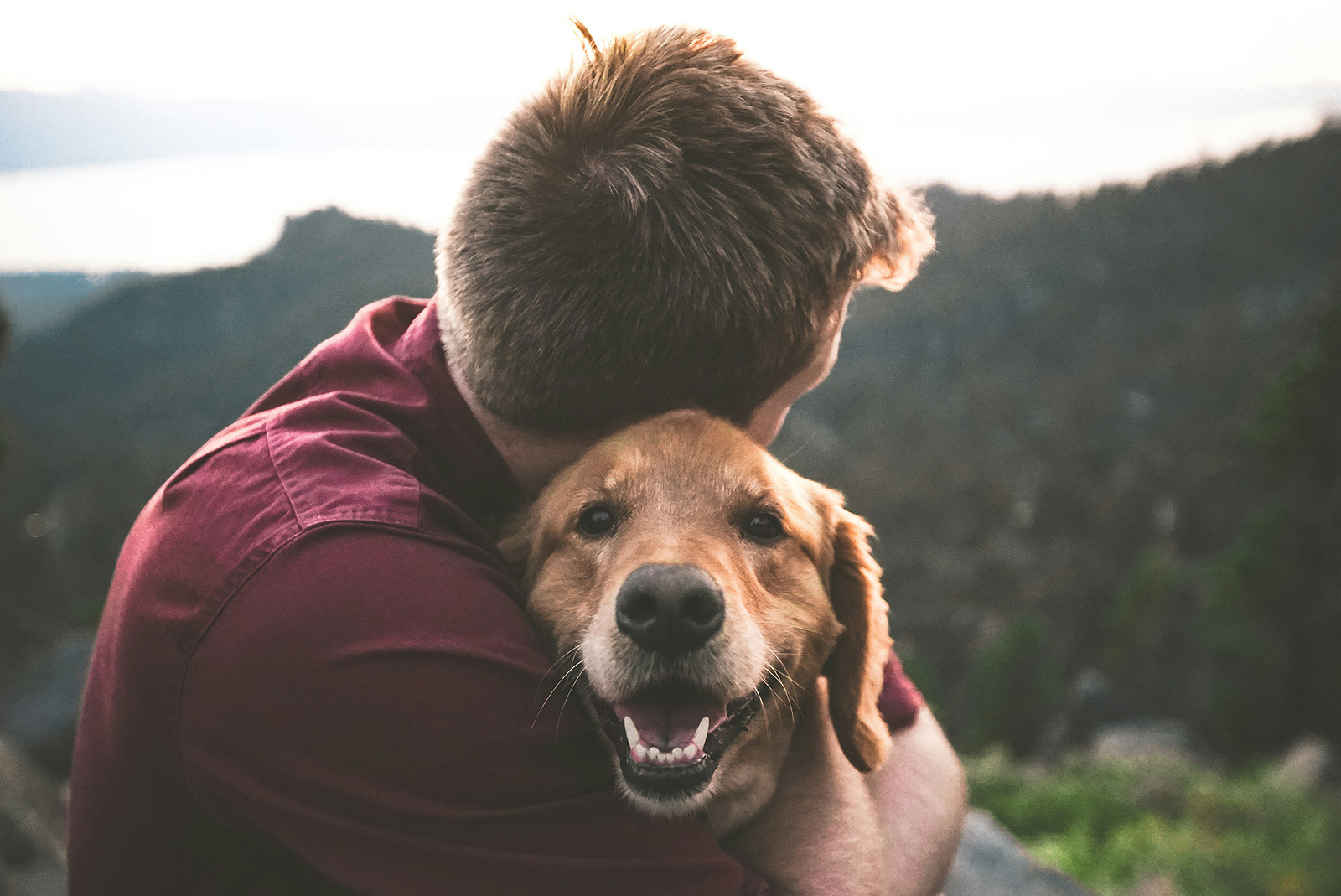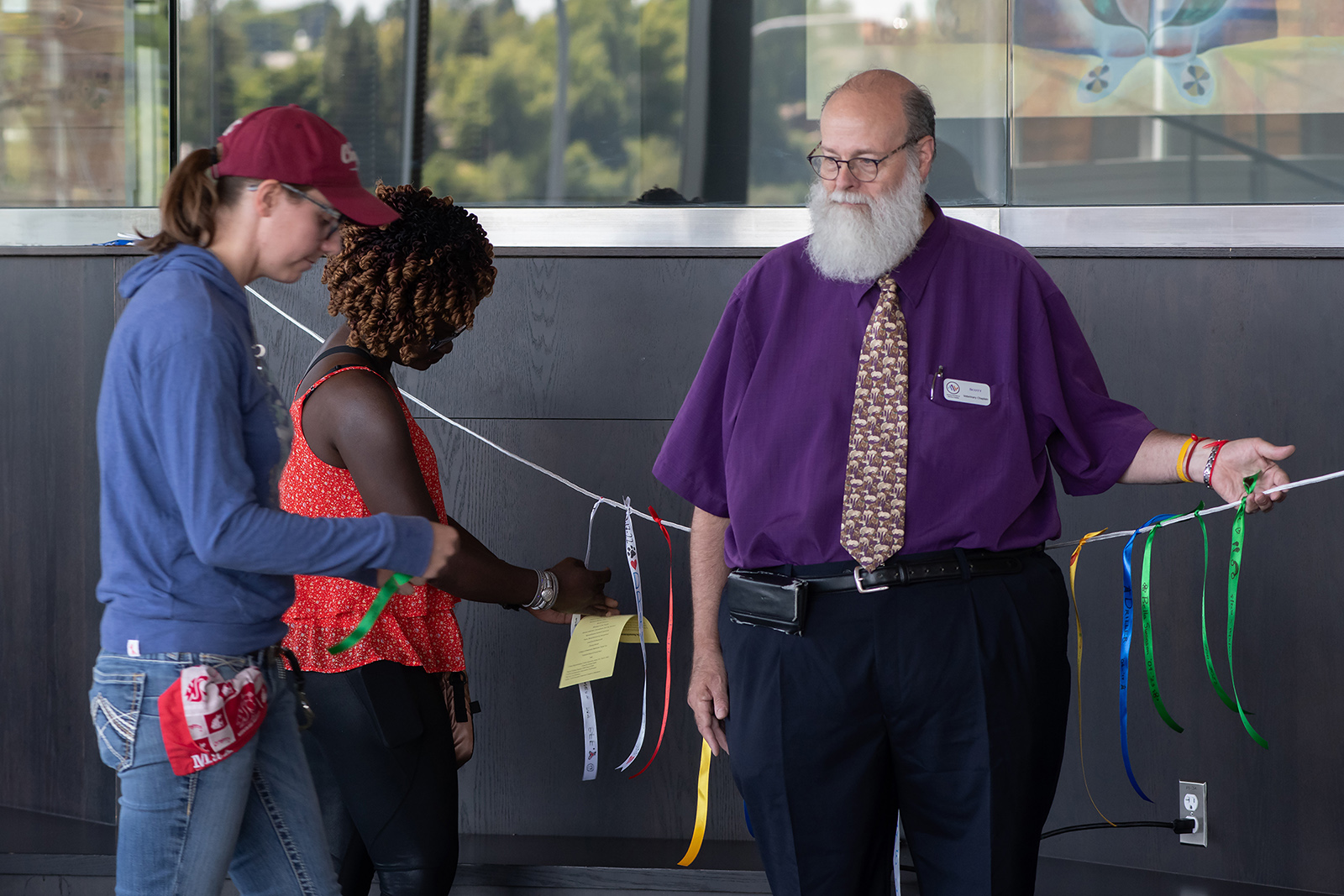These reforms are a big win for advocates, but what happens next will be crucial for animals rights.
by Sam Delgado

President Claudia Sheinbaum a the daily morning briefing at the National Palace on October 14, 2024, in Mexico City, Mexico.
Emiliano Molina/ObturadorMX/Getty Images
This week was a big win for animals across Mexico.
On December 2, Mexican President Claudia Sheinbaum signed a set of constitutional reforms that will pave the way for a comprehensive federal animal welfare law. The changes represent the first-ever mention of nonhuman animals in the Mexican Constitution, marking a milestone achievement for Mexico’s animal rights movement, which has for years been drawing attention to pervasive animal cruelty and extreme confinement in the country’s growing meat industry.
“This is huge,” says Dulce Ramirez, executive director of Animal Equality Mexico and the vice president of Animal Equality’s Latin American operations. These constitutional changes come after two years of campaigning by animal advocacy organizations, including Igauldad Animal Mexico, Humane Society International/Mexico (HSI/Mexico), and Movimiento Consciencia.
These reforms are internationally unique. While national animal protection laws aren’t uncommon, most countries have no mention of animals in their Constitutions. Constitutions are “a reflection of socially where we are,” Angela Fernandez, a law professor at the University of Toronto, told Vox, making any constitutional reform symbolically a big deal.
Beyond Mexico, nine countries include references to animals in their Constitutions, but those mentions have generally been brief and open to interpretation. “Mexico is different,” Kristen Stilt, faculty director at Harvard Law School’s Animal Law and Policy Program, told Vox. “It’s longer, it’s more specific. It’s in several provisions. It’s not just a general statement.”
Plenty of countries have laws against animal mistreatment, including the US, where all 50 states have an anti-cruelty law, but that doesn’t mean they’ve been particularly effective at stopping violence against animals. Part of the problem is that these laws very often exempt farmed animals such as cows, pigs, and chickens, thereby excluding from protection the overwhelming majority of animals that suffer at human hands. That’s where Mexico’s reforms stand out: They’re intended to protect all animals, including farmed animals and other exploited species.
The reforms in Mexico, the world’s largest Spanish-speaking country, represent a major advancement in the status of animals globally. It could set a precedent for other countries in Latin America, where a vibrant animal rights movement has emerged in recent years, said Macarena Montes Franceschini, a fellow at Harvard Law School’s Animal Law and Policy Program.
Still, as one of the world’s top producers of beef, chicken, pork, dairy, and eggs, Mexico has an intensive animal agriculture industry much like the US, says Antón Aguilar, Humane Society International/Mexico’s executive director. Business interests will undoubtedly want to influence the writing of animal welfare laws that could impact their bottom lines, as they have in the US and elsewhere. The question now is what changes the constitutional reforms will really bring to animal law in Mexico, and how effective they will be.
What will these reforms do?
The reforms comprise changes to three separate articles of Mexico’s Constitution. The most foundational change amends the Constitution’s Article 73, which dictates what Congress has the authority to legislate on. The article now gives the federal government the power to issue laws on animal welfare and protection.
Previously, animal welfare was largely left up to local and state authorities, and the result has been uneven laws and enforcement across the country. While all states in Mexico have animal protection legislation, just three include farmed animals: Hidalgo, Colima, and as of last month, Oaxaca, following pressure from animal advocates. And though Mexico does have a federal law on animal health that focuses on farmed animals and includes some broad mentions of animal welfare, it was created to protect human health rather than animals. The same goes for Mexico’s federal wildlife law, which was written with a focus on sustainability and conservation, rather than on protecting individual animals from cruelty.
Perhaps the most significant part of the reforms is an amendment to Article 4 of Mexico’s Constitution prohibiting the mistreatment of animals and directing the Mexican state to guarantee the protection, adequate treatment, and conservation and care of animals. The language is broad, Ramirez says, but she sees it as a substantial improvement over existing animal welfare laws. She and other advocates worked to ensure that no animals were excluded, particularly given that farmed animals have historically been left out of animal protection.
“It’s really, really important in Mexico to start with this first step — but a big one — because now it’s all animals” that are covered, Ramirez said.
The changes to Articles 4 and 73 tee up the creation of federal legislation on animal welfare. Under these reforms, Mexico’s Congress has been directed to write a first-of-its-kind General Law of Animal Welfare, Care, and Protection, a comprehensive bill that would address and develop regulations preventing the mistreatment of all types of animals, including farmed animals, wildlife, animals in laboratories, and companion animals, Aguilar said.
This general animal welfare law will need to consider animals’“nature, characteristics and links with people,” according to the reform decree released last week. What does this actually mean? Ramirez gave the example of chickens: Part of the natural behavior of these animals is to be able to spread their wings and move around. But if chickens are stuck in cages, as is standard practice on egg factory farms, they can’t do either of those things. Now, the idea is to develop legal criteria that would consider the ability to express these natural behaviors as part of their welfare. (The language could also be interpreted to prioritize human needs, however — particularly the reference to animals’ “links with people.” Animal Equality said they would interpret this through an animal welfare lens, and with the word “link” invoking what humans owe animals.)
Finally, Article 3 of Mexico’s Constitution, which pertains to the education system, was also amended to require that animal welfare be included in school curricula for grade school and high school students. Aguilar said this change could help “attitudes shift and change in a very enduring, long-term way” for future generations. But the new constitutional language is unspecific, and the devil is in the details.
What’s next for animal welfare in Mexico
Advocates in Mexico have two focuses going forward, Ramirez and Aguilar said: shaping the general animal welfare bill into a strong piece of legislation, and working with the Ministry of Education to get meaningful implementation of animal welfare into the national curriculum.
It will also be important for lawmakers working on the new animal welfare bill to avoid industry capture. Various stakeholders will want a say in what regulations go into the law, including academic experts, animal-related professions such as veterinarians, and powerful corporate interests like animal agriculture producers.
When asked about what concerns she might have about the implementation of the reforms, Fernandez pointed first to the sway of business interests. “Are there going to be generous justifications that maybe are very industry-dictated?” she asked. Animal Equality also told Vox via email that there have been times when Mexican authorities have failed to issue legislation, even in situations like this where they’ve been tasked to do so.
But the animal welfare movement has relationships across the political spectrum that will likely work to its advantage when proposing what goes into this law. Ramirez told Vox that Animal Equality Mexico works with both liberal and conservative parties to find agreement on animal rights. Despite political polarization in Mexico, the animal welfare reforms “went very swiftly” through both chambers of the legislature, Aguilar said, passing unanimously in each.
“Animal issues are issues where political forces can find common ground,” he added.
The left-wing Morena party, of which recently elected President Sheinbaum is a member, also holds a majority of seats in both of Mexico’s legislative chambers. Before signing onto the constitutional reforms, Sheinbaum vocalized her support for them in her first address as the country’s leader.
But there’s an internal challenge, too, according to Aguilar and Ramirez. Animal welfare organizations that cover different species and different aspects of animal welfare will need to work as a united front. Some groups’ work focuses primarily on protections for farmed animals, others focus on banning bullfighting and cockfighting, and some have their sights on companion animals. It may be hard to settle on a proposal that works for everyone.
Ensuring meaningful implementation and enforcement will also be key concerns. “You can undercut obviously good language by poor enforcement,” Stilt said.
“I think the worst thing that could happen is for this to just be a pretty provision in the Constitution and nothing else,” said Montes Franceschini. “Not seeing any change for the government, not to give resources to the agency that has to ensure animal protection, not having funding, not having staff, not teaching police officers how to act in case of animal mistreatment. I think that that would worry me.”
The future of animal welfare will be decided in the Global South, where meat consumption and American-style factory farming are growing rapidly. Animal welfare advocates in Mexico are entering new, more ambitious, potentially much more impactful territory, a testament to the movement’s strength and political savvy. Other nations will be watching.
”It’s going to get pretty interesting,” said Aguilar. “I’m optimistic that we will come up with good compromises that are good for animals.”

Sam Delgado is a Future Perfect fellow writing about labor and food systems, public health, and literacy.
